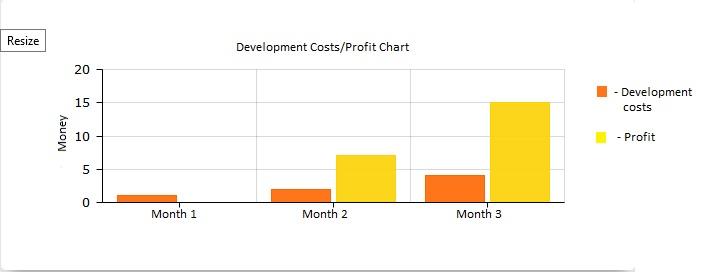Introduction
Domestic violence remains one of the most urgent problems of modern society. Worse still, in some communities maintaining the hierarchy using physical and emotional violence is still regarded as a tradition that should be treated with respect (Grose & Grabe, 2014, p.972). The purpose of the present research is to reveal the primary cause of domestic violence and define which methods would be effective for decreasing the number of cases of domestic violence in society. The complexity of the problem that the research is supposed to solve lies in a great number of reasons that contribute to its contagion.
The present research is to define the origin of domestic violence and the measures that can be taken in order to lessen the influence of the discovered reason.
Main Body
Due to the enormous number of victims of domestic violence, it is absolutely impossible to postpone solving this problem. In order to reveal the primary cause of domestic violence, I conducted a thorough analysis of the theories on its roots. As it follows from the analysis, the primary cause of domestic violence is likely to be connected to specific gender roles that are supposed to define the appropriate behavior (Sinno, Schuette, & Killen, 2014, p.133). As almost all the cultures proclaim the superiority of men over women, husbands are believed to have the ultimate right to take all the important decisions concerning the family. Such a situation causes overindulgence in men, and they start gaining authority over women using their physical fortitude. Instead of feeling guilty, many abusers claim that they just live in accordance with the rules of their culture or religion (Taylor, 2013, p.420).
Taking the discovered reason into account, I developed a new way to decrease the domestic violence rates in our society. I suggest that nobody can be blamed for being a victim, and this is why it is the abuser who has to reconsider his behavior and look at himself from the outside. Thus, I believe that developing a new method of correctional rehabilitation would be the best solution to the problem. To be more precise, I am convinced that only traumatic experience simulation can make abusers understand the cruelty of their behavior. The method that I suppose to be effective for domestic violence prevention involves creating a situation where the abuser and his victim reverse the roles.
The experiments should be conducted with the help of the specialist who will ensure that everything is going according to the plan. The couples have to act out episodes of their life that are the most traumatic for the victim. The abuser is supposed to see himself in his victim, and he has no permission to resist the violence. The method should be applied only after conducting a test that shows that participants have no mental disorders. After the experiment, the couple has to live separate from each other for a week. Then, the abuser is supposed to have a conversation with the psychologist. I consider the method of traumatic experience simulation to be the most effective as it is aimed at making the abuser sober. It will be cheaper to develop and implement this method than the other ones, and it will not require any expensive equipment.
Major steps of implementing the method include conducting a series of experiments to prove its effectiveness, developing the guideline helping to use the method, and creating a training program for the psychologists who would like to use it in their work.
The method of traumatic experience simulation is supposed to show good results, but in order to start its implementation I need to conduct more experiments. I suppose that my solution is going to bring benefit to the society as it involves active work with the abuser and his attitudes towards violence. Companies interested in this method can invest in its development, and it is going to be the best value for money. It is supposed to be relatively cheap but their investments are likely to pay off in spades. The things that I need to start are the assistance of prominent researchers to conduct an additional series of experiments, the housing supplied with the video facilities, and an access to the latest psychodiagnosis programs.

Thus, traumatic experience simulation is a method that should be implemented in order to contribute in domestic violence awareness and significantly decrease the number of its victims through active and fruitful work with abusers.
Domestic violence should not become more common, and it is our duty to make the efforts in order to prevent its spread. I strongly believe that this method will show the results once it is tested thoroughly. If you are interested in the further details of the method, you can contact me.
References
Grose, R. G., & Grabe, S. (2014). The explanatory role of relationship power and control in domestic violence against women in Nicaragua: A feminist psychology analysis. Violence against women, 20(8), 972-993.
Sinno, S., Schuette, C., & Killen, M. (2014). Developmental social cognition about gender roles in the family and societal context. Gender and development, 9(2), 133-154.
Taylor, C. (2013). Infamous men, dangerous individuals, and violence against women. A Companion to Foucault, 1(1), 419-435.